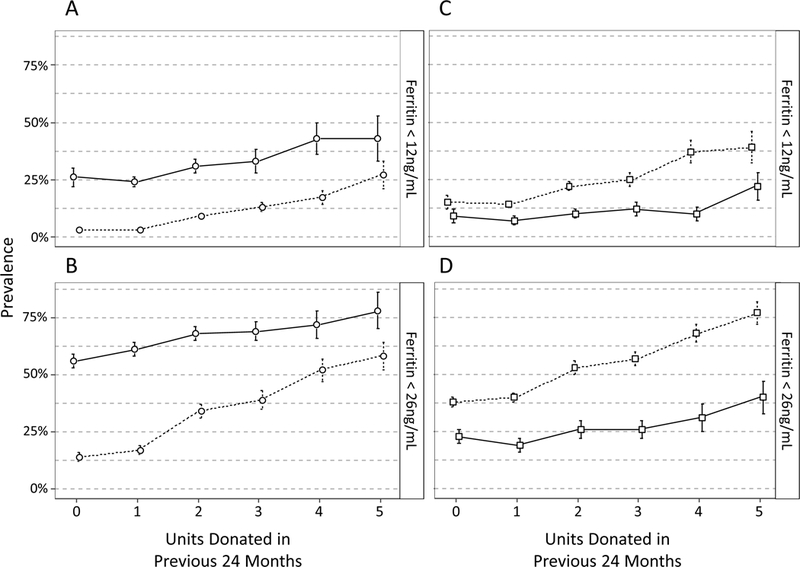Figure 5: The impact of donation frequency on iron status is mediated by sex and by age.

In separate longitudinal regression models, interaction terms indicate that the increase in risk for low ferritin with increasing donation frequency varies by sex (A, B) and by age (C, D). 5A plots the predicted prevalence (± 1 SE) of ferritin <12 ng/mL by sex and RBC units donated in 24 months if all 6,219 donation visits were made by subjects of the indicated sex, assuming all other covariate distributions were unchanged (solid line = females, dashed line = males). 5B plots expected prevalence of ferritin <26 ng/mL for the sex by donation frequency interaction. A separate model with an interaction term for age group (16–18 vs 19–49 years old) and donation frequency shows that donors 16 to 18 yo are more likely to have ferritin <12 ng/mL (C) and <26 ng/mL (D) with no donations and that the gap between younger and older donors grows with successive donations (solid line = 19–49 yo, dashed line = 16–18 yo).
